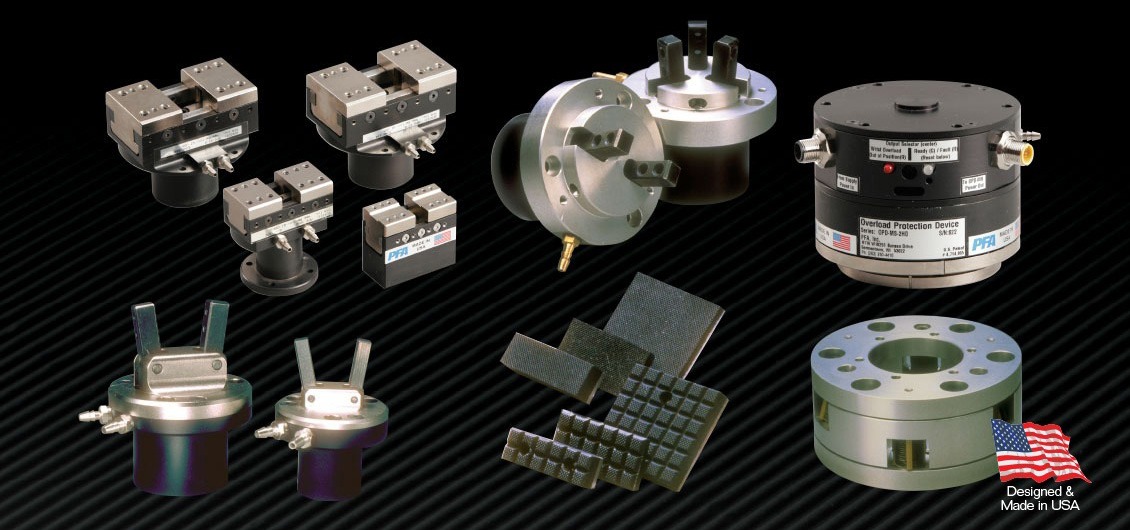As devices that enable robots to pick up and hold objects, grippers have become an essential part of most manufacturing processes. When combined with the cobot industrial robot arm, grippers make it easy for manufacturers to automate critical functions, including inspections, assembly, machine tending, and pick-and-place. This article will look at the different types of grippers used in manufacturing and some of the unique benefits they can provide throughout the process.
What are Grippers?
It is easiest to view grippers as an alternative to human hands throughout the manufacturing process. These devices are positioned at the end of a robotic arm, often allowing them to combine both the dexterity of a normal hand with the gripping strength of a robot. This unique combination of features provides various possible uses when combined with cobots, including stacking large boxes or handling small, delicate electronic components.
Choosing the right gripper can seem like a challenge for many manufacturers. Not only are there around six different types available, but each is also often distinguished by the powering methods used or how the gripper is being controlled. Unfortunately, manufacturers might not be using the appropriate choice to meet their unique goals without a bit of research. Some types of grippers that are commonly used throughout the manufacturing industry include:
- Vacuum Grippers– Vacuum grippers rely on atmospheric pressure and a vacuum to lift, move or hold objects. Often, this vacuum is created by miniature electromechanical pumps or compressed air-driven pumps. When uninterrupted, this ensures a cobot can safely grasp a designated object.
- Pneumatic Grippers– Pneumatic grippers utilize pistons and compressed air to operate fingers. In many cases, this type of gripper will be found in a 2-finger or 3-finger configuration. Since pneumatic grippers are incredibly versatile, they can be used for an extensive range of applications.
- Hydraulic Grippers – Hydraulic fluids power hydraulic grippers. Given the construction and nature of this type of grippers, it is ideal for heavy applications that require higher levels of gripping power. However, this type of gripper will require extensive maintenance and might be unsuitable for medical applications.
- Electric Grippers – For cobot applications that include pick-and-place or machine tending, electronic grippers are usually a great fit. Although they do not offer the same strength as their hydraulic counterparts, electronic grippers can improve high-speed applications that require moderate or light gripping force.
The most important thing to keep in mind while determining which robotic gripper is suitable for a manufacturer is the specification or role that it will play in the process. PFA, Inc. helps make this process easy by working directly with manufacturers to determine their unique needs and provide the products and equipment they need to impact operations positively. If you are ready to learn more, we are prepared to help simplify the process!
Why Choose PFA, Inc.?
PFA, Inc. is sure to have the solutions manufacturers need to cut costs and save money on their next injection molding project. Any manufacturers with questions about the products or services provided by PFA, Inc. and the unique ways they can improve the plastic injection molding process for medical, automotive, and other products should visit our product pages or contact us to learn how PFA, Inc. can help. We look forward to hearing from you!


